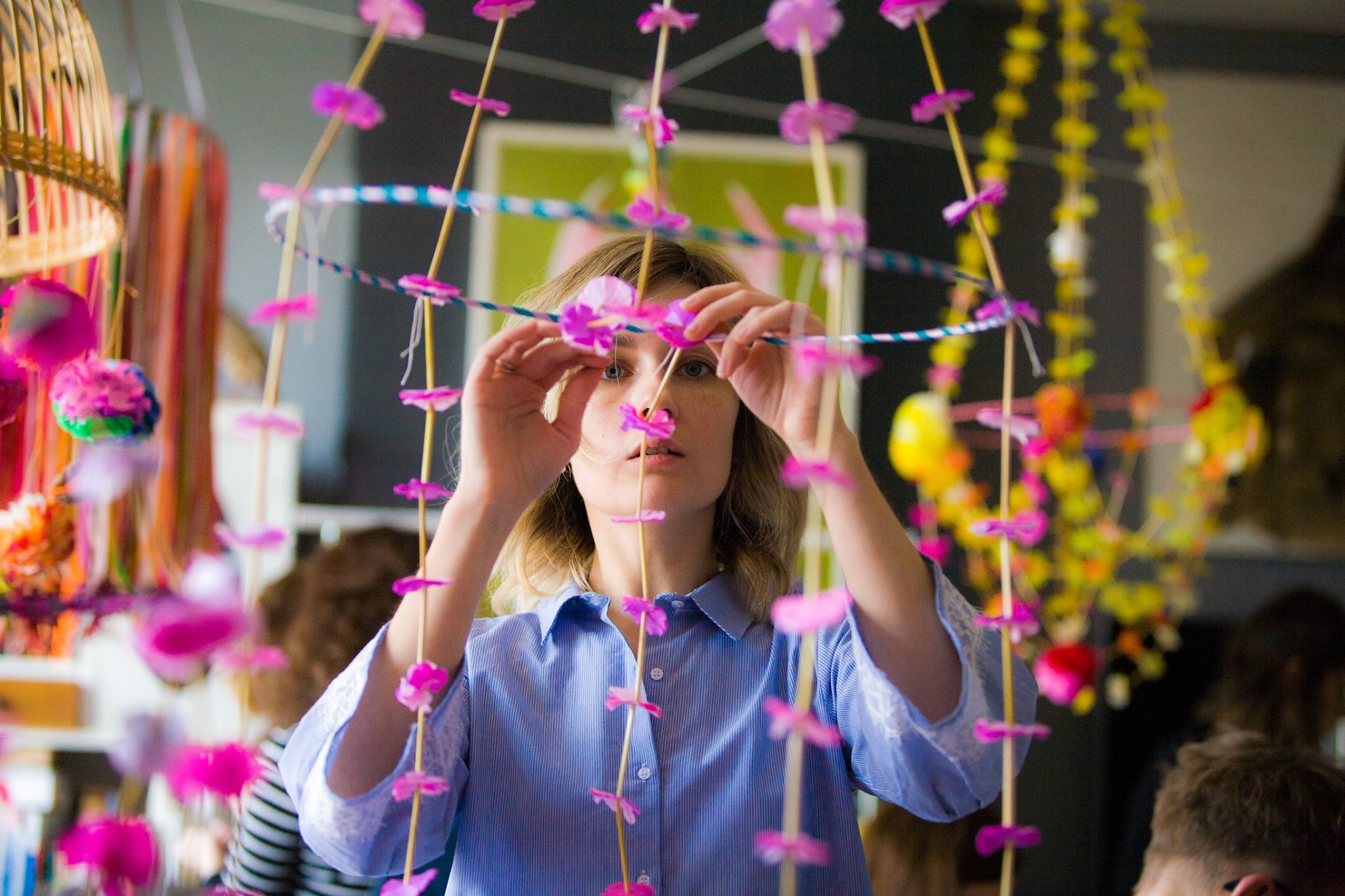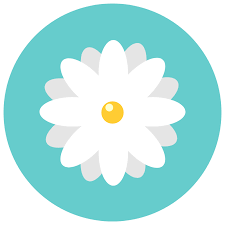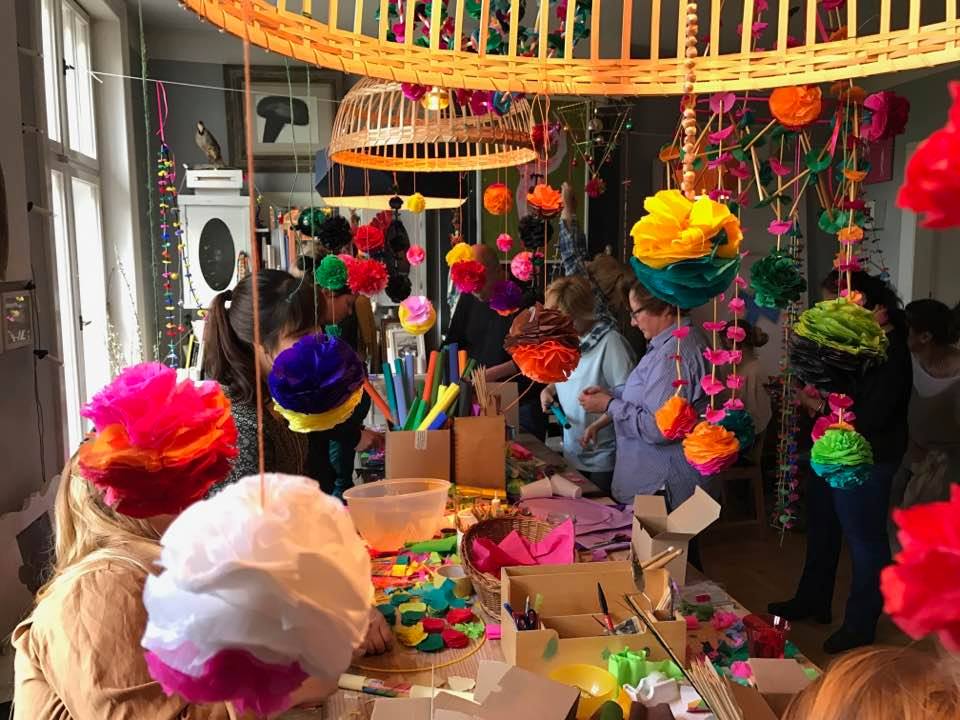Pajaki Chandelier: A Traditional Polish Springtime Craft

Long before Krakow was known as the 'Rome of the East', with elaborate churches on every corner and a cross in every home; the people of this same land instead worshipped the earth, the animals and the season; following Old Slavic Pagan beliefs & traditions; many of which have all but disappeared from our books and our knowledge.
Some of these traditions are still present today, right under our noses but usually with new names. Easter itself, pre-Christ, was celebrated worldwide as the bountiful time of astronomical Spring Equinox. Many of the traditions we enjoy as a part of modern-day Easter hail from these ancient, more naturally imbued times and the making of colourful Pająki Chandeliers is one we’re going to learn about right here and now.
Want to learn how to make your very own colourful Pajaki? Join us at Marta Bradshaw's Pajaki Making Workshop in Krakow!
 Click here or scroll down for more information.
Click here or scroll down for more information.
The literal translation of Pająki is “spiders” and sure enough these dainty webs (blossoming with paper flowers instead of mummified flies) closely resemble those of our arachnid friends. Once welcomed into homes as bearers of luck and happiness, old Slavic beliefs hold spiders and their webs in high respect. Conversely, the removing or tearing of their webs is also said to bring bad luck. There are, in fact, many Slavic folk tales relating to spiders and their luck which hail from Poland and from its geological neighbours.
%2C_Poppies%2C_1911%2C_water-colour_on_paper%20(1).jpeg?1520606147573)
Although there are many regional varieties, the general ingredients needed for construction are things that were naturally abundant in villages around the beginning of spring. Chickpeas are used as beads and a special type of hollow straw is used as the structure. Lace and string are used to tie it all together while colourful paper decorates the Pająki with flowers, pom-poms and more.
The tools necessary to create Pająki may be quite simple, but it requires a definite kind of patience and stillness in your heart, plus a keen eye and steady hands. The village women would spend hours, days and perhaps even weeks decorating what was sometimes their entire home with these cheerful curtains of spirit. The formation of just one more elaborate Pająki can definitely take a few days of dedicated cutting, threading & folding (but don't be intimidated, you can make a simple one in as little as half an hour).
Discover more fun & fascinating Polish seasonal traditions!
9 Best Easter & Spring Equinox Activities in Krakow
Traditional Easter Foods of Poland
As you stitch in paper flowers to your own chandelier, it’s quite romantic to imagine these women, sitting, perhaps softly singing together in the garden; children laughing, chickens pecking at grain, river glistening in the new spring sunshine, butterflies dancing. It may not always have been such a kitsch scene but crafting Pająki has such a transcendental magic about it... as does the Polish countryside; that we’re sure it was often actually exactly like this.
These days Pająki is kept alive by craft-loving Poles, being shared with the internet by Pinteresters, bloggers and even Martha Stewart. As those who knew the stories and traditions, who grew the special hollow straw and who wished for luck are fading; the styles and uses of the traditional paper chandelier are expanding to with a new generation of Pajakers and their bottomless bag of craft items.

Join a Special Pajaki Making Workshop!
Thank goodness for Polish Princess, artist & chef Marta Bradshaw, who opens her home in the leafy Salwator district of Krakow to anyone who wants to carry on this beautiful tradition. Once a year, Marta's apartment becomes more of a rainbow than ever (it's already pretty colourful!) as she hosts a charming Pająki Workshop. As a founder of food sharing community Eataway, she is no stranger to a home full of strangers or to cooking them some scrumptious Polish delicacies.
Locals, expats and tourists all gather around her table to eat her famous food, learn the story of Pająki and to join the ranks of those keeping it alive. Chatting, laughing and playing as they construct their very own chandeliers with such individual style and personality, the afternoon floats by as colourful birds flit around the windows, observing the Pająki parade inside. Lulled into a dreamlike state by the meditation of paper craft, the delicious food and the joyful atmosphere, beautiful Pająki come to life and are taken home to be hung or given as touching gifts to family & friends.
If you're a fan of being happy and would like to make your own Pająki: there's still time to join this year's workshop (we'll see you there!).
Bookings & Information // Eataway // Discover More Events With Local Life!.jpeg?1526896205870)
Comments
LOVELY! BEAUTIFUL! Would you be offering the cooking classes or Pajanki making classes online?
ReplyOuah! C'est incroyable! Ma mère vient de France et mon père est de Pologne, c'est donc un miracle que je n'en ai pas encore entendu parler !
Replywow
ReplyLovely. I am Polish-American and I never heard of this!
Reply